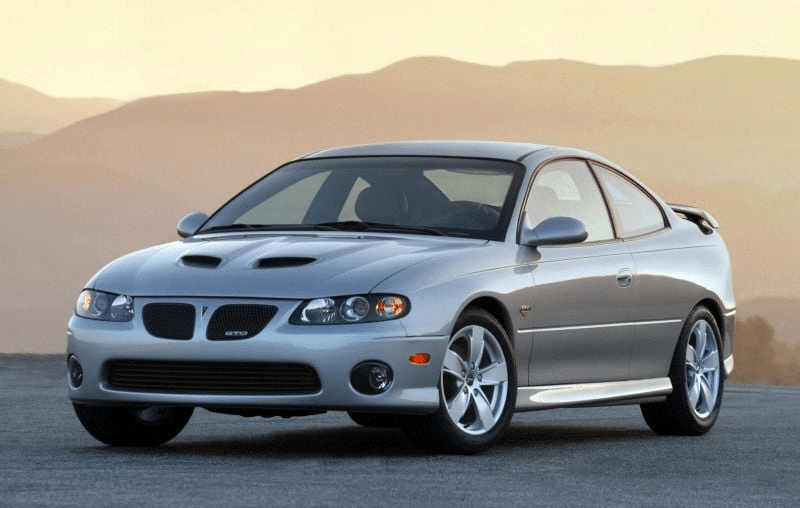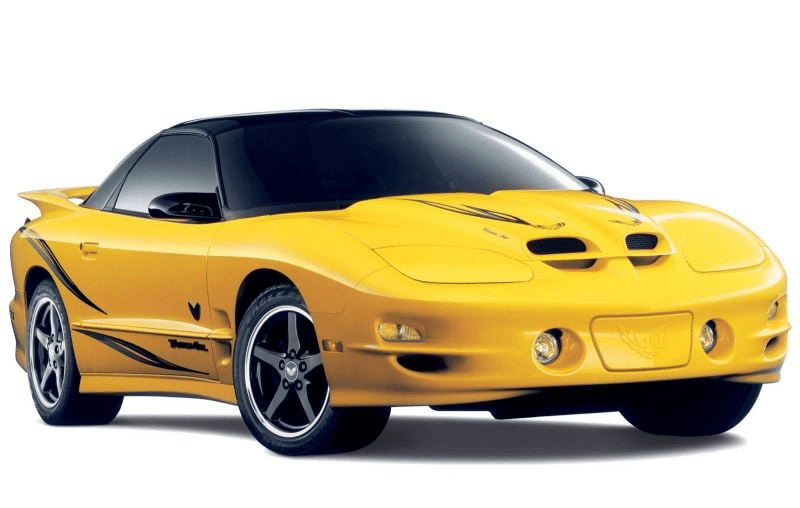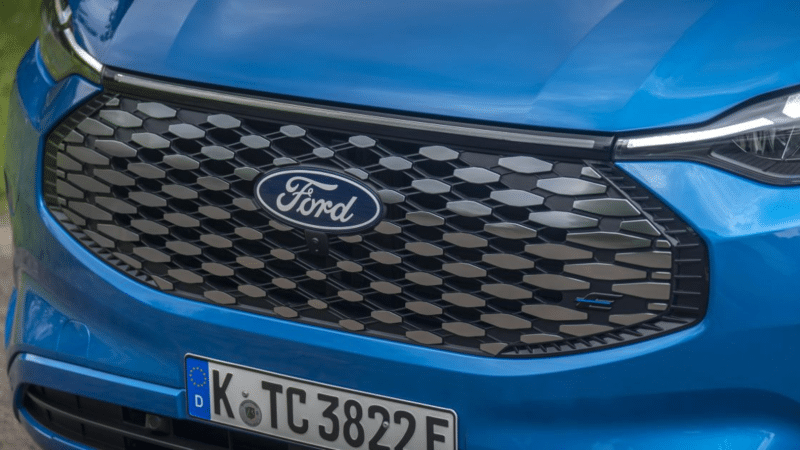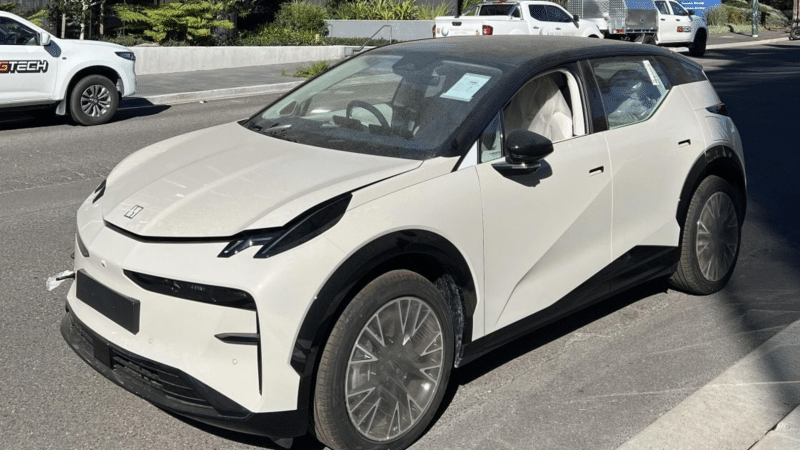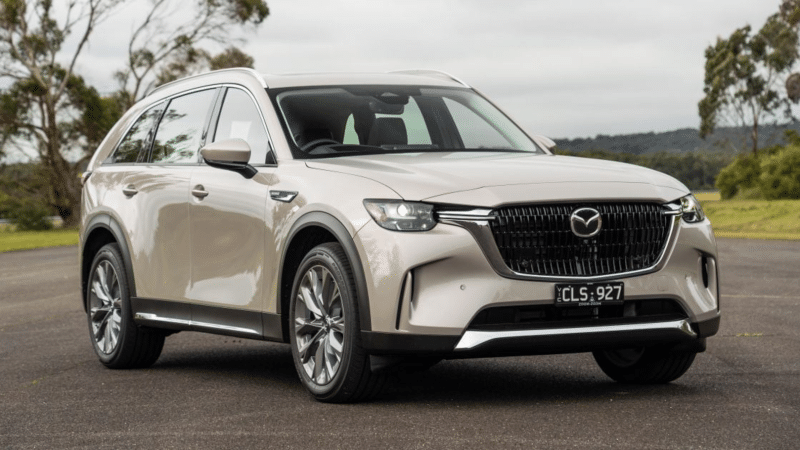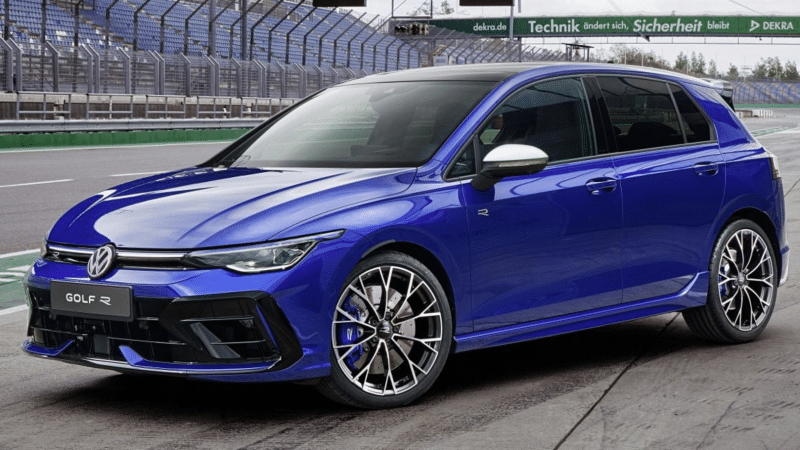Holden Monaro: A Missed Opportunity in the US Market
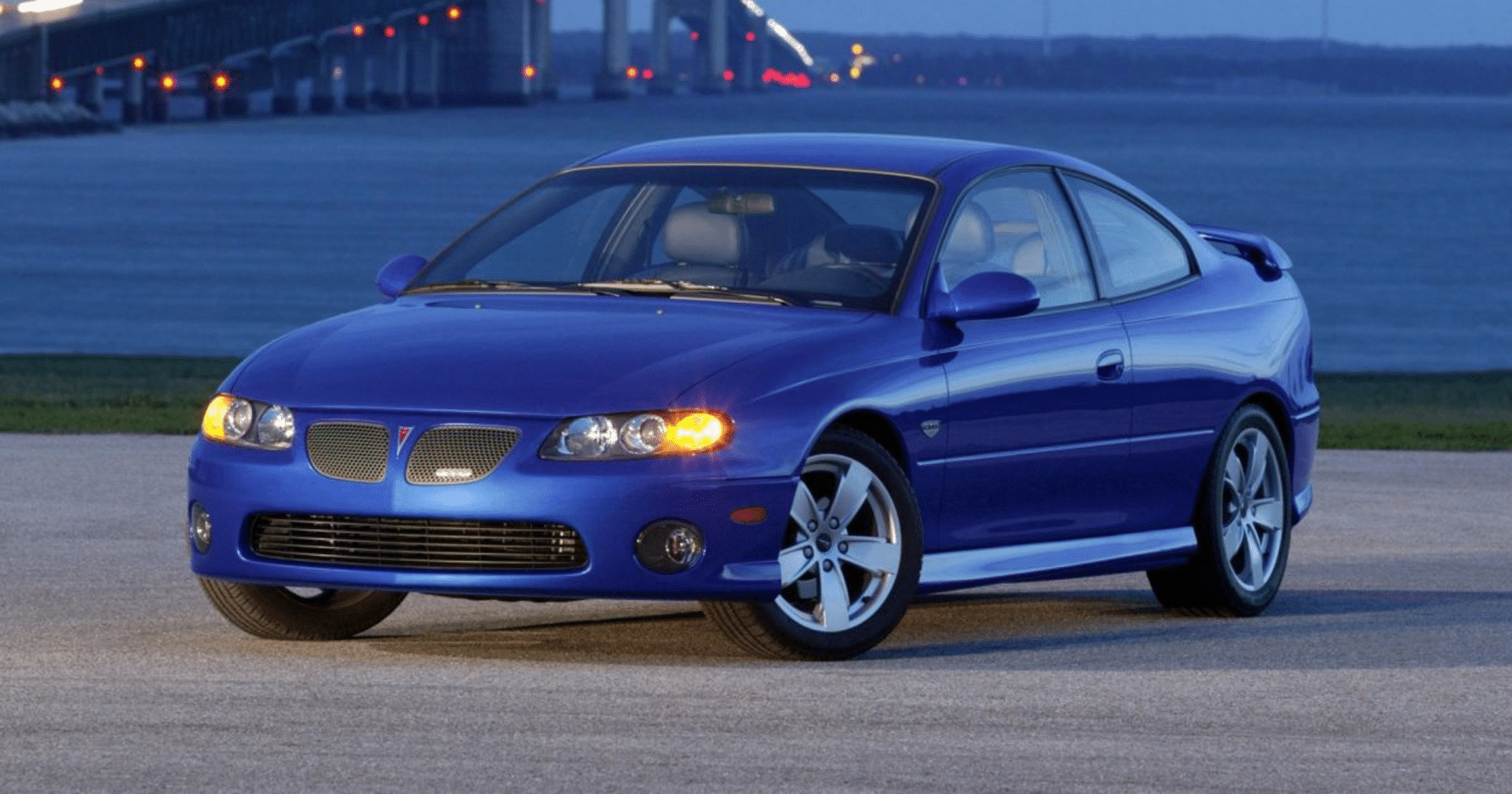
Holden Monaro: A Missed Opportunity in the US Market
Why did the Pontiac GTO fail to live up to its iconic nameplate in the US market?
The head of global design for General Motors believes that the Holden Monaro, known as the Pontiac GTO in the US, failed to meet expectations due to its name. Australian Michael Simcoe, the designer of the Monaro, states that the car would have been more successful if it had been marketed as a Chevrolet. Let’s delve into why the Monaro fell short and missed its chance to shine in the American market.
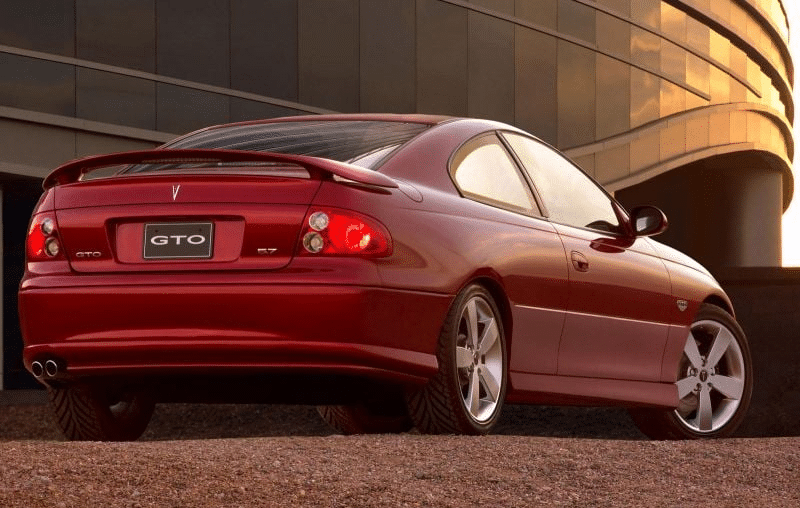
The Holden Monaro made its debut in the US market in 2004 under the name Pontiac GTO, reviving a nameplate that hadn’t been used since 1974. However, Michael Simcoe, the head of global design for General Motors, believes that the GTO name held the car back. According to Simcoe, marketing the Monaro as a Chevrolet would have led to greater success.
The GTO nameplate had a storied history as one of the most popular muscle cars of the 1960s. However, it faded into obscurity in the 1970s due to factors such as high insurance rates, emissions standards, and changing buyer preferences. Pontiac attempted to revive the GTO with a concept car in 1999, which made the production version of the Monaro-based GTO seem less exciting in comparison.
The decision to bring the Monaro to the US market was driven by Bob Lutz, then-GM North America chairman. Lutz saw similarities between Holden and Pontiac, with both brands offering popularly priced, stylish cars with a racing heritage. However, by the time the Monaro arrived in the US, it was towards the end of its model cycle and its styling appeared conservative compared to other more aggressive muscle cars on the market.
The US market was also experiencing a wave of retro-inspired designs, with cars like the Ford Mustang, Chrysler 300, and Dodge Charger capturing buyers’ attention with their nostalgic aesthetics. The Monaro’s more subdued design struggled to compete in this landscape.
Despite some mechanical updates, including a larger engine, the Pontiac GTO failed to generate significant sales. Only 40,808 units were sold during its brief three-year run. If the Monaro had been launched as a Chevrolet instead, it could have filled the void left by the Camaro’s discontinuation and served as a more logical replacement for the popular Pontiac Firebird.
Holden’s US export program faced challenges beyond the Monaro’s branding and styling. The timing of its introduction was unfortunate, as the global financial crisis and GM’s subsequent bankruptcy in 2009 led to the closure of the Pontiac brand. This impacted the potential for future Holden models to enter the US market, including a planned rebadged Commodore ute.
Ultimately, the Holden Monaro, known as the Pontiac GTO in the US, missed its opportunity to shine in the American market due to its name, timing, and market conditions. It is a reminder of the importance of branding and understanding the target market when introducing a new car.
Why did the Pontiac GTO fail to live up to its iconic nameplate in the US market?
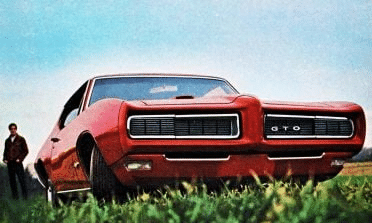
- Holden Monaro introduced as Pontiac GTO in the US
- Michael Simcoe believes a Chevrolet branding would have been more successful
- GTO nameplate had a popular history but faded in the 1970s
- Monaro’s styling appeared conservative compared to other US muscle cars
- Timing and market conditions played a role in the Monaro’s limited success
- Holden’s US export program faced challenges due to bankruptcy

The Holden Monaro’s stint as the Pontiac GTO in the US was hindered by various factors, with its name being a key issue. Had it been marketed as a Chevrolet and launched at a more opportune time, it could have achieved greater success. This serves as a lesson in understanding the market and branding when introducing a new car.
